While there are many questions and answers about building a storyboard layout that would work both on 4" and 3.5" screen sizes, I couldn't find a suitable solution for the following scenario.
I use autolayout with ios6 (and ios7), and I don't have to support landscpae or ipad. I have a UIView with several subviews, which have to look as the mockup below. It is easy to set up autolayout constraints in the storyboard to fit either of the screen sizes. My question is - how do I make autolayout choose the correct constraints depending on the screen size at runtime?

Note, that I DONT want to use 2 different storyboards. Doing so across my whole application would be a lot of work, and I would have to hook up all the delegates, outlets and actions on each storyboard. A change in a screen would require me to do double the work.
I have tried 2 methods to make this work on one storyboard, but I'm not satisfied with either of them.
- Double the constraints. The larger constraint (50) has a higher priority than the lower constraint (30). The problem with this approach is that on the 3.5" screen size, autolayout may pick a just few lower priority constraints - enough to satisfy the layout - but leave some high priority constraints.

- Subclass NSLayoutConstraint. In this method, all the constraints in the storyboard are set to be NSDualLayoutConstraint. In in initialization code of NSDualLayoutConstraint, the constant of the constraint is changed to the value of 3_5_constant in case the runtime screen size is 3.5". this method is more deterministic, but you can't see the 3.5" layout in the interface builder preview.

If only interface builder constraints had a secondary constant value that would be applied when the screen size is 3.5", it would solve my problem.. So I remain with my question - how can I properly use a single storyboard to layout its subviews correctly for 4" AND 3.5" screen sizes?
